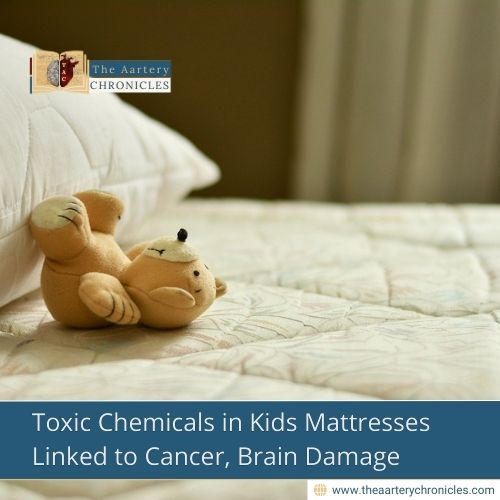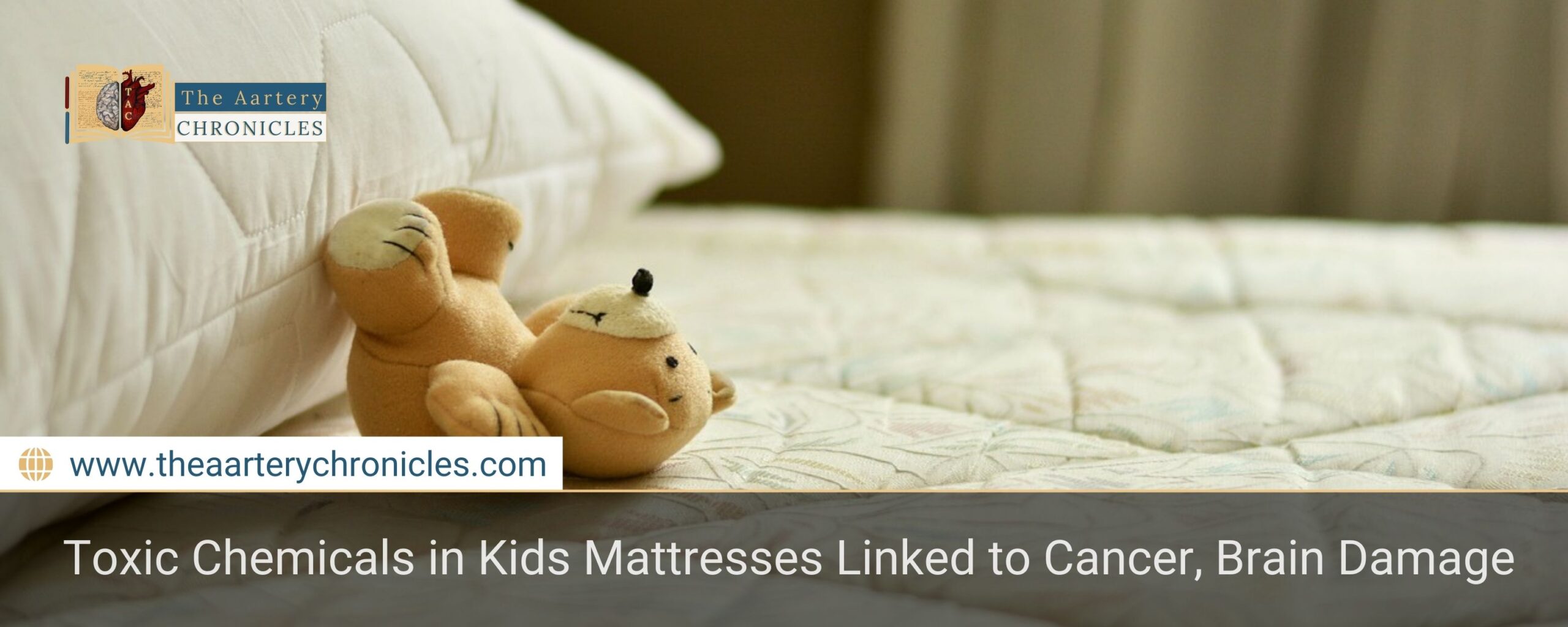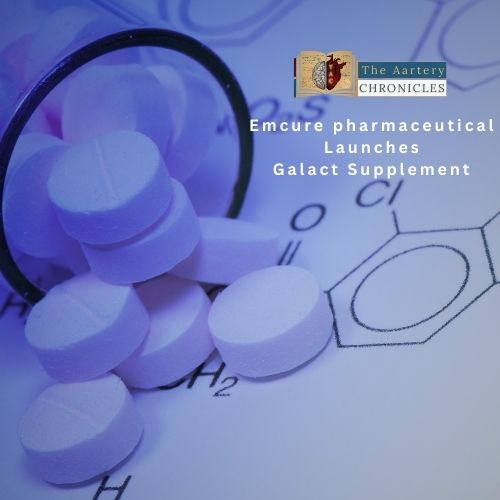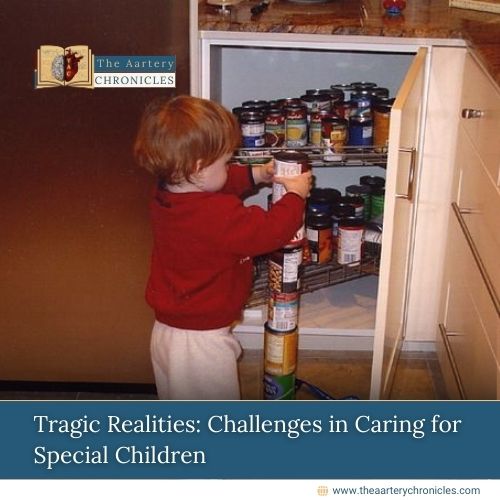

Toxic Chemicals in Kids Mattresses Linked to Cancer, Brain Damage
Naptime is often the most peaceful part of the day, especially for children and their parents. However, recent research reveals a concerning truth: children might be exposed to harmful chemicals while they sleep. A new study has found that many children’s mattresses emit toxic substances linked to serious health problems, including cancer, hormonal disruptions, and developmental issues.
What the Study Found
A study conducted by researchers at the University of Toronto, led by Professor Miriam Diamond, analyzed air samples from 25 children’s bedrooms. The children were aged between 6 months and 4 years. The results showed alarmingly high levels of over two dozen chemicals, including phthalates, flame retardants, and UV filters, especially near the children’s beds.
Further testing of 16 new children’s mattresses confirmed they were a major source of these toxic emissions. The study found that the warmth and pressure from a child’s body while sleeping can enhance the emission of harmful chemicals from the mattress into the surrounding air.
Jane Houlihan, research director at Healthy Babies, Bright Futures, explained that even something as routine as a child lying on a mattress can cause the release of toxic substances into the air they inhale.
What Are These Harmful Chemicals?
1. Phthalates
Phthalates are chemicals used to make plastics flexible and are found in many consumer products from toys and food containers to makeup and shampoo. While they are banned in children’s toys, they are still commonly found in mattresses.
Health risks associated with phthalates include:
- Hormonal imbalances
- Reproductive issues
- Early puberty
- Genital defects in infants
- Behavioral disorders
- Developmental delays
- Increased risk of asthma, obesity, heart problems, and even cancer
Children are especially vulnerable as their brains and bodies are still developing.
2. Flame Retardants
Some mattresses contain Polybrominated Diphenyl Ethers (PBDEs), a class of flame retardants linked to:
- Intellectual disabilities
- Loss of IQ points
- Reproductive harm
- Increased cancer risk
Although PBDEs were banned by the U.S. Environmental Protection Agency (EPA) in 2012, many mattresses now contain organophosphate esters (OPFRs), which have also been linked to developmental and reproductive issues.
Some mattresses tested even contained TDCPP, a known carcinogen, and PCTP, a flame retardant banned in Canada and in U.S. children’s sleepwear.
Are Safety Standards Enough?
Despite known health risks, many of these chemicals are still used in mattresses. Experts argue that current safety standards do not consider how heat and pressure from a sleeping child can increase chemical exposure.
Dr. Arlene Blum, co-author of the study and executive director of the Green Science Policy Institute, emphasized, “It’s concerning that harmful chemicals are still present in children’s mattresses even though they have no proven fire-safety benefits. Parents should be able to put their kids to bed knowing they’re safe.”
Can Parents Shop Their Way Out of This?
Unfortunately, no. The study found that toxic emissions occurred regardless of mattress price, brand, or country of origin. Even well-known and affordable brands available in major retail stores were found to emit hazardous substances.
This highlights the widespread nature of the problem and the lack of regulations protecting children from these hidden dangers.
What Is the Safer Alternative?
While avoiding all chemical exposure may be difficult, choosing the right mattress can reduce risks significantly. One of the healthiest alternatives is a cotton mattress.
Benefits of Cotton Mattresses:
- Natural and hypoallergenic: Cotton is less likely to cause skin irritation or allergies.
- Breathable: Allows air circulation, helping regulate body temperature and improve sleep.
- Eco-friendly: Made from a renewable resource and more environmentally responsible.
- Affordable: Generally cheaper than memory foam or high-end synthetic options.
Conclusion
This new research serves as an urgent reminder for parents to pay attention not only to what their children eat and play with, but also where they sleep. Harmful chemicals hidden in seemingly safe products like mattresses can silently impact a child’s health and development.
While switching to natural alternatives like cotton mattresses isn’t a perfect solution, it’s a safer step in the right direction.
Source: Inputs from various media Sources

Priya Bairagi
Reviewed by Dr Aarti Nehra (MBBS, MMST)
I’m a pharmacist with a strong background in health sciences. I hold a BSc from Delhi University and a pharmacy degree from PDM University. I write articles and daily health news while interviewing doctors to bring you the latest insights. In my free time, you’ll find me at the gym or lost in a sci-fi novel.








